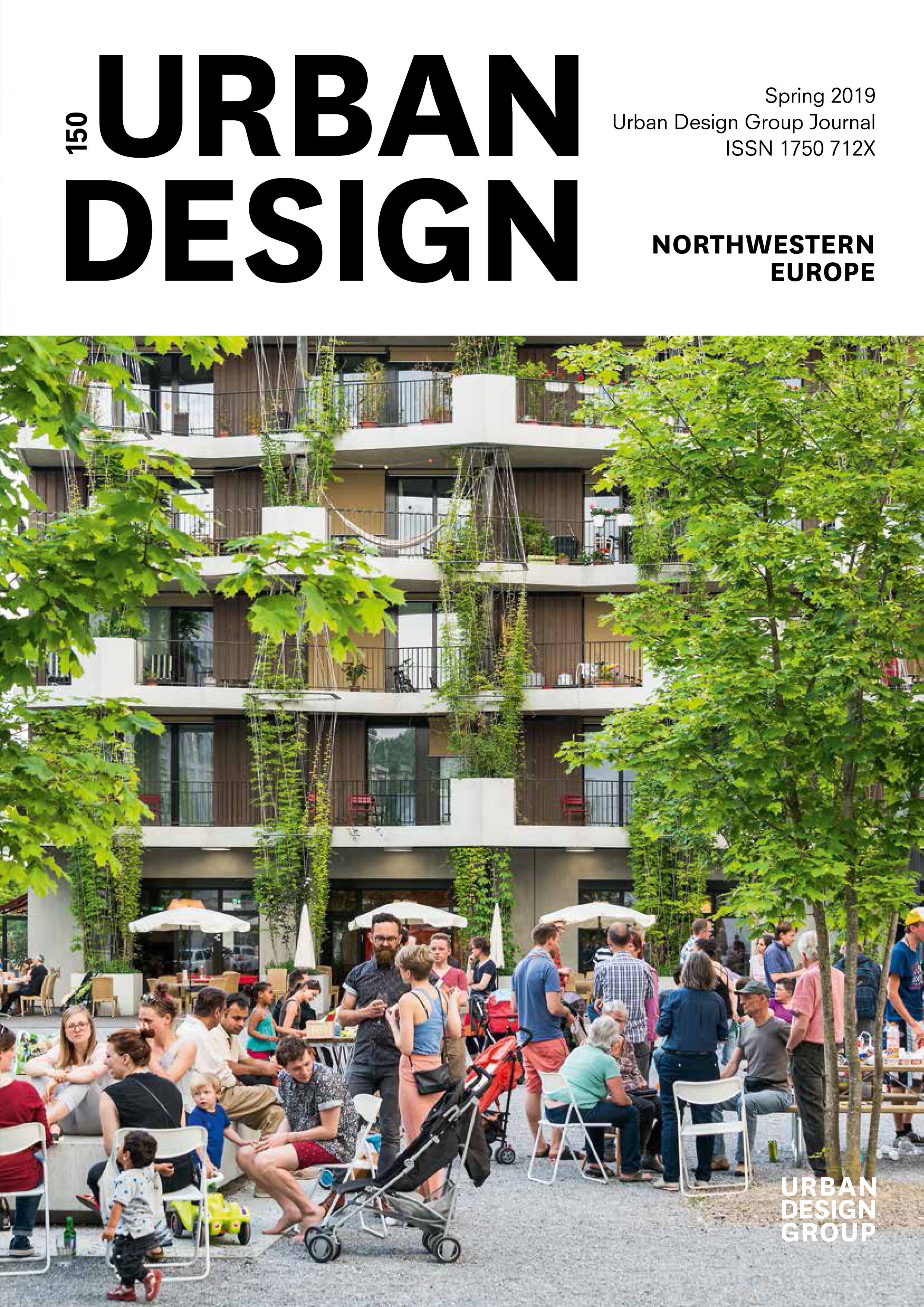Improving housing and neighborhoods for the vulnerable: older people, small households, urban design, and planning
The number of older people who need help with daily tasks will increase during the next century. Currently preferences and policies aim to help older people to stay in their existing homes, to age in place, even as they become less able to care for themselves and, increasingly, live alone. However, the majority of homes in the U.S. and many other countries are not designed to support advanced old age or are not located to easily provide support and services. The paper explores the needs of older people experiencing frailty. It examines the existing range of innovations to make neighbourhoods and homes more supportive, physically, socially, and in terms of services. These include: enriching neighbourhoods, providing collective services, building all-age neighbourhoods, creating purpose-built supportive housing, developing smallscale intergenerational models, and engaging mobility, delivery, and communications innovations. Some will allow people to remain in their current dwelling but others focus on people remaining in a local community. Few are widely available at present. Urban designers can more fully engage with the multiple challenges of those who have physical, sensory, and cognitive impairments and living in solo households by becoming champions for a more comprehensive set of public realm improvements and linkages.

